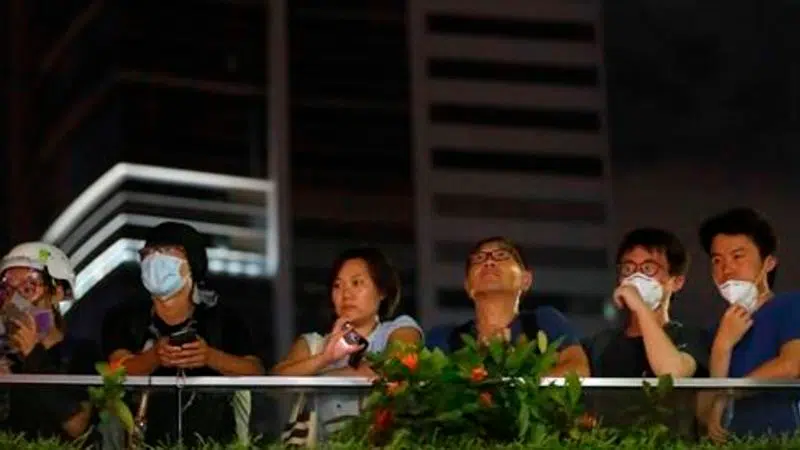
Police keep low profile at huge, peaceful Hong Kong protest
Hong Kong streets were turned into rivers of umbrellas on Sunday as hundreds of thousands of people marched through heavy rain down a major road in the Chinese territory, where massive pro-democracy demonstrations have become a regular weekend activity. Organizers said at least 1.7 million participated, though the police estimate was far lower.
The assembly was peaceful, with no reports of violence, making for a rare calm weekend in a protest movement that has been marked by violent clashes with police. Law enforcement officers kept a low profile, with no riot police seen from the procession’s main routes. When stragglers convened outside a government complex in the late evening, other protesters urged them to go home.
Demonstrators who were shining laser pointers at a government building were convinced to leave, prompting applause from others in the group.
“We hope to see whether the government gives a response to this peaceful protest,” said Michael Leung, a 24-year-old who was ushering his fellow demonstrators away. “If we get a negative response, we cannot control the next (gathering).”